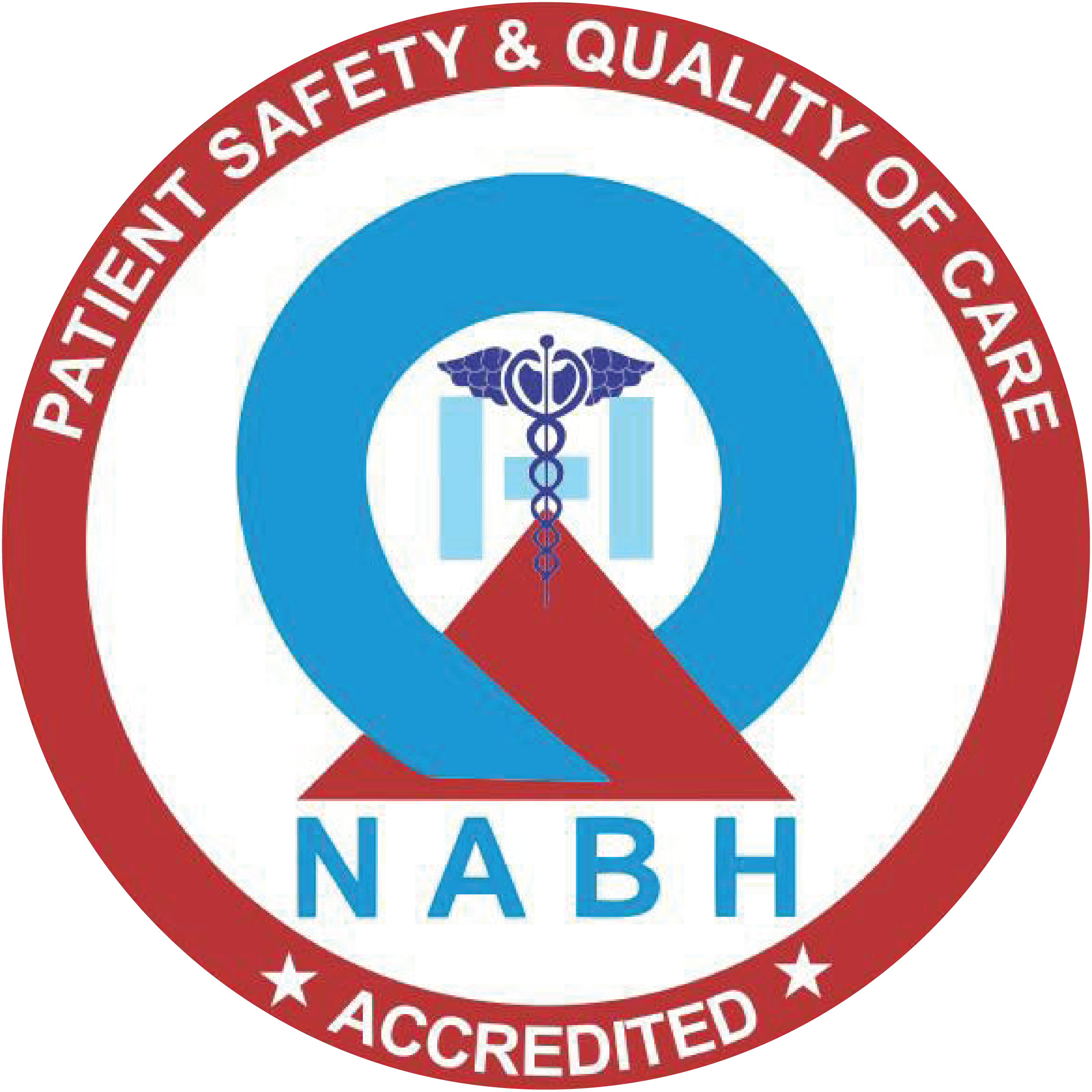WHO and ICMR recommend that everyone, whether sick or healthy, should wear a face mask, especially where it is difficult to maintain social distancing. Wearing a face mask is all-important because
Coronavirus can spread from even asymptomatic people (those without symptoms) or those who had symptoms previously. A person is most contagious just before symptoms begin.
Here are a few pointers for buying a face-mask and using it.
How does a face-mask work?
If a person who is infected with COVID – 19 coughs, sneezes or talks, they send tiny droplets containing coronavirus into the air.
The face-mask helps cover your mouth and nose acting as a shield to block out the virus-filled droplets present in the air. This helps slow down the spread of COVID – 19.
Does the face-mask protect me?
A cloth face-mask will not block-out the coronavirus. The face-mask is, of course, an added layer of protection for you and the people around you when used along with regular hand washing and social distancing measures.
What are the types of face-masks available?
There are mainly two types of face-masks, one is for frontline health care workers and another one for non-healthcare workers or the common people.
Masks for healthcare workers
The N95 respirators and surgical masks are best suited and should be reserved exclusively for frontline health care workers and first responders. Since these masks are in short supply around the world, they should only go to doctors, nurses and other medical staff who need them most.
N95 respirator masks are those that fit tightly around the face. They can filter out 95% or more of the smallest particles in the air. Care should be taken to see that they fit just right for them to work properly.
Surgical masks are the usual blue and green coloured ones that fit loosely across your nose and mouth. These help shield against larger drops that come directly from the sick person’s cough or sneeze. They don’t filter out all germs and can’t block the tiniest of particles that carry coronavirus.
Masks for non-healthcare workers
Cloth masks are the best option for the general public and non-healthcare workers. Here are a few things to remember when buying handmade cloth masks.
You can always sew a piece of fabric into a face-masks or tie it around your face. It is best suggested to use at least two-layered cloth masks. You can even add a pocket in the front for putting in a filter. Copper wire or ribbon helps to fit the masks on the nose bridge.
You can also use dust masks available in hardware stores. Neoprene masks help stop the droplets and prevent infection. The other option is using a piece of cloth as a scarf wrapped around the face.
A comparison of face-masks
Earloops vs ties
Since you can adjust it, a mask that can be tied behind your head will usually fit well than the one that loops around your ears. But the ties can get tangled up in the wash or when you handle it whereas the loops remain free and easy to use. The looped ones are better in places like hair salons.
Filter vs Non-Filter
When there are a series of layers or folds, it prevents particles from escaping into the air and from entering the nose and mouthparts of a person. The negative aspect is that too many layers can make it difficult to breathe. Select and use a mask that is more comfortable and suited to you so that you keep using it. Check whether the filter material is safe.
Make a No-Sew Face=mask
First, choose a piece of cloth that is square in shape and measures 20 inches on each side. Fold it into half.
Fold the top third down and the bottom third up, so you have a long rectangle.
Slide the rectangle through two rubber bands or elastic hair ties until they’re about 6 inches apart. Tuck the ends together.
Hook elastic over your ears and adjust the fabric, so it fits snugly but it not too tight.
Face-mask materials & rankings
The extensive research has resulted in a proper ranking for the fabrics used:
- Tea towel in two layers
- Cotton mix fabric
- Cotton T-shirt material
- Antimicrobial pillowcase
- Scarfs
- Linen
A tea towel is thicker and so maybe too hard to breathe through in spite of its higher rank.
The best filter materials
Access is most important in times like this, so some household materials that can be used for the filter.
Paper products like coffee filters, paper towels and toilet papers. HEPA filters with multiple layers block small particles almost like N95 masks but have tiny fibres that can get into your nose and mouth. You can also cut up a polypropylene shopping bag, the one that has a fabric-like feel and use it between layers of the mask.
How to buy a face-mask?
When buying an ordinary cloth face mask, enquire whether it has been designed as per the sewing instructions of the health authorities of your region. Look whether the mask has more than one layer of fabric. Make sure you can freely breathe through the material.
Next look for the fit, whether it is comfortable and fits the face well, there should not be gaps around your nose, mouth and chin.
The mask should either have a tie or loops for wearing. It should be easily washable and consistent in its shape even after repeated washing.


